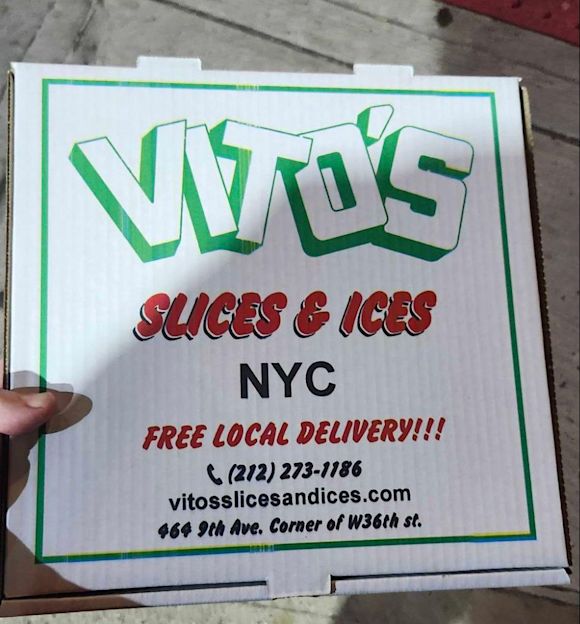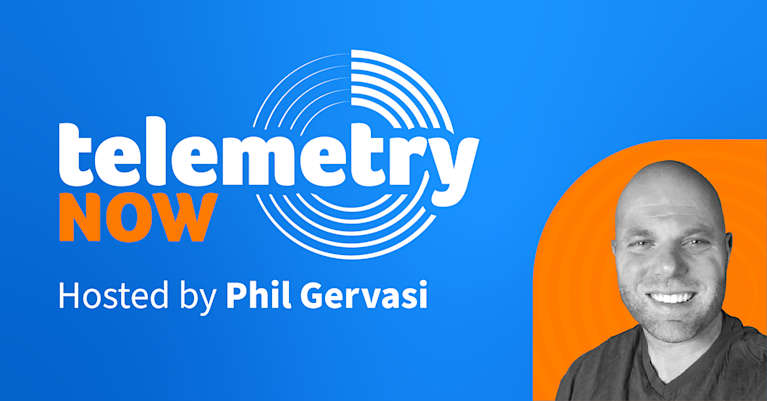Redefining NetOps: Agent Systems and Practical AI from the ONUG AI in Networking Summit

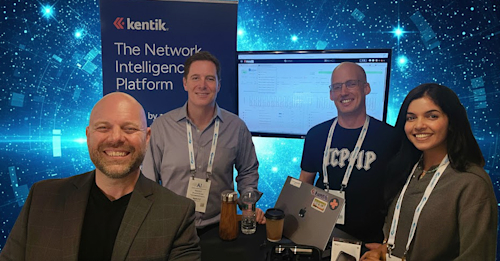
Summary
AI in networking isn’t theoretical anymore. It’s here, reshaping how we operate. At the ONUG AI Networking Summit, we saw firsthand how agent systems are moving from hype to hands-on reality, from secure automation to data-driven root cause analysis. The future of NetOps isn’t dashboards and tickets — it’s intelligent agents, observability, and measurable business outcomes.
The Hudson River area north of New York City, known locally as the Hudson Valley, is breathtakingly beautiful any time of year, especially in the fall, during the late afternoon golden hour.

I adore taking the train from Albany to Manhattan, and I’ve learned to always sit on the right side to glimpse the best views of the river as we race along the track at over 100mph.
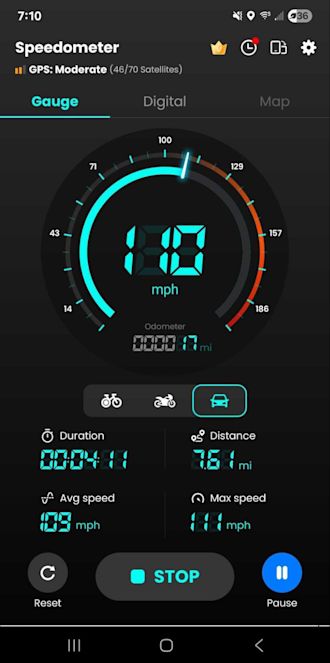
This time, I was in New York for last week’s ONUG AI Networking Summit, which took place in Manhattan’s Penn District on October 21-23. Only a block from Penn Station, the AI Networking Summit featured a full day of pre-conference workshops, followed by two days of talks on the main stage, learning opportunities, and plenty of time to walk among the vendor booths.
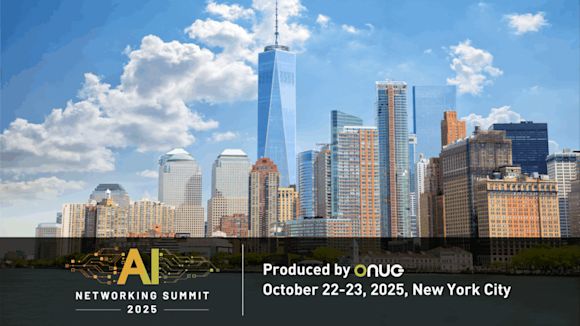
ONUG has been hosting fantastic events for years, but recently the focus has shifted to AI, and specifically AI in networking, which is what I’ve been focusing on for some time. Needless to say, I was very interested to learn what vendors were doing in AI, and I was looking forward to talking to folks at Kentik’s booth. Most attendees were either network professionals or technologists, to the extent that they understood the importance of the network in AI training and the emerging application of AI in network operations.
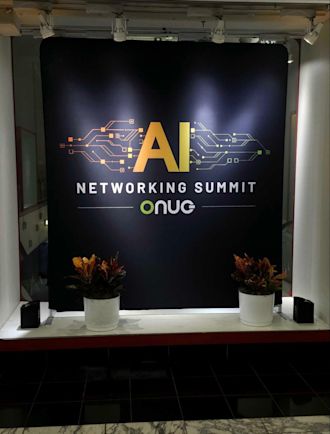
Booth after booth was an adventure in agent systems: agents for managing help desk tickets, agents for creating network documentation, agents for streamlining a security operations center, and so on. Some of the well-known players were there, of course, like Cisco and ZScaler, but so were a flurry of integrators like World Wide Technology and TATA Communications.
I always love catching up with old friends from these pillars of the networking industry, but I especially loved chatting with folks from those smaller but very influential companies making waves in the tech world right now. I spent some time with the folks at the Network to Code, made a new friend at Megaport, caught up with some old colleagues at Netbox Labs, and learned more about open networking from Edgecore.
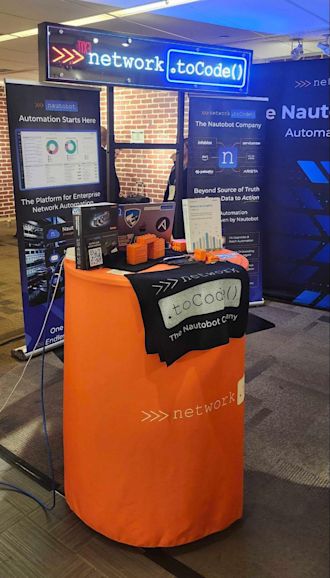
ONUG workshops
One thing was pretty obvious: everyone’s excited about AI. But at the same time, there was, without a doubt, a healthy skepticism about it, which I found encouraging and refreshing. For example, I delivered a workshop early in the week, specifically on using AI agents and various technologies like MCP and A2A in NetOps, with a healthy dose of data pipelines toward the end. Instead of a room of starry-eyed engineers soaking in the AI goodness, as I delivered my workshop, I had a steady stream of questions about securing a part of the workflow, integrating with a popular source of truth, or mitigating the probabilistic effects of LLMs in an agentic AI system.
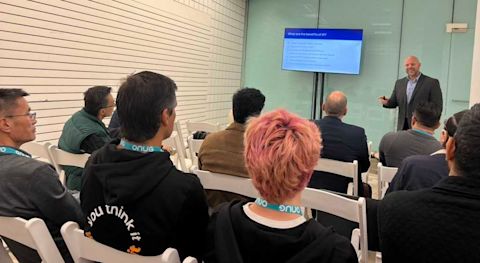
Suffice it to say, we’re in the next age of AI. Some might say we are on the verge of the next AI winter; however, I think this time it’s different. So much at ONUG’s AI Networking Summit was use-case driven, operationally grounded, and data-driven that I believe the latest advancements in AI are not simply flash-in-the-pan tech to drive VC funding (though there’s plenty of that), but rather a legitimate application of 80 years of AI technology to solve real problems in ways we’ve never been able to before.
My other workshop was about balancing technical KPIs with what the business actually cares about. One example I used was simple: let’s say your model is highly accurate and produces results with very low latency. Well, who cares? I mean, that’s great that those technical KPIs were met, but did it mean anything to the business? That’s a tough one for any technical leader to answer, and a question we need to be asking ourselves as we start planning complicated, never-ending PoCs.
ONUG keynotes
Day 1 keynotes leaned into agentic everything. The thread running through the morning was something like: “AI isn’t just bolting onto workflows; it’s redesigning them through autonomous agents with guardrails.” Later in the afternoon, the security crowd went straight to the elephant in the room, asking, “What happens when you have an army of independent AI agents reconfiguring networks in real time?” The panel on securing agentic AI pushed beyond platitudes into zero-trust implications, governance, and adversarial resilience.
Meanwhile, the “data tsunami” session argued (convincingly) that AI traffic isn’t just heavier; it’s qualitatively different (synchronized, long-lived, etc.) and breaks the assumptions baked into classic, entropy-dependent designs. If you’re still counting on “ECMP will fix it,” that talk was a wake-up call.
And then we had lightning demos from Google Cloud, BlueCat, cPacket, Connectbase, Network to Code, IP Fabric, Edgecore, and NetBrain, who gave a fast scan of the tools landscape – from secure AI inference fabrics to agentic NetOps, and from composable hardware to context-rich data fueling automation. It’s the kind of rapid-fire signal you want when you’re mapping vendors to real use cases, not marketing buzzwords.
Day 2 kept the aperture wide open with sessions on operations at AI scale and a future-looking “Networking in 2030” panel that made an unsentimental case for self-learning, context-aware control planes. The takeaway for me was that by the end of the decade, “runbooks + tickets” will feel as quaint as nightly cron jobs. Prepare for policy-as-code, intent-as-contracts, and agent-driven enforcement riding on top of observability that looks a lot more like knowledge graphs than dashboards.
The Kentik booth
Of all the booths in all the world, the Kentik booth was the best. No, I don’t say that because Kentik pays my mortgage (maybe a little). But really – pinch and zoom on the picture below. It’s not the greatest pic ever, but what you’re seeing is the ability to ask Kentik what in the world is going on with AWS’s outage, and you get an actual response grounded in data (that’s me on your left).
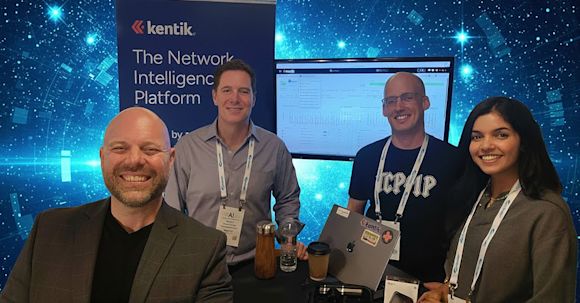
Do you see that? It’s the AI functionality baked right into the Kentik platform. Remember how, in my workshop, I spent some time at the end talking about data pipelines? Well, in the AI world, AI projects are something like 80% data engineering. The beauty here is that Kentik already does much of that work for the typical enterprise, so an AI initiative is no longer a pie-in-the-sky pipe dream but a real, practical advantage for a network operations team.
This is programmatic root cause analysis right at your fingertips. That’s a real-world, no-nonsense use-case for agent systems that isn’t just smoke and mirrors.
In summary
ONUG’s most recent event didn’t promise magic. It showcased a maturing playbook: practical AI training, agent-aware architectures, and measurable outcomes, including performance, resilience, and now, cost. As that playbook hardens, expect Kentik and others to push beyond AI-assisted insights toward agent-based, programmatic root-cause analysis that shortens outage minutes, trims transit spend, and lets engineers step up a level from clue chaining to a real, programmatic workflow that helps solve problems faster.
The AI Networking Summit didn’t just showcase tools – it marked a turning point as AI in networking shifted from experiment to execution. That’s the future we saw forming in the Penn District, and that’s what was on my mind on my walk back to the train station while eating some pizza from Vito’s and contemplating how AI is going to take all our jobs.
